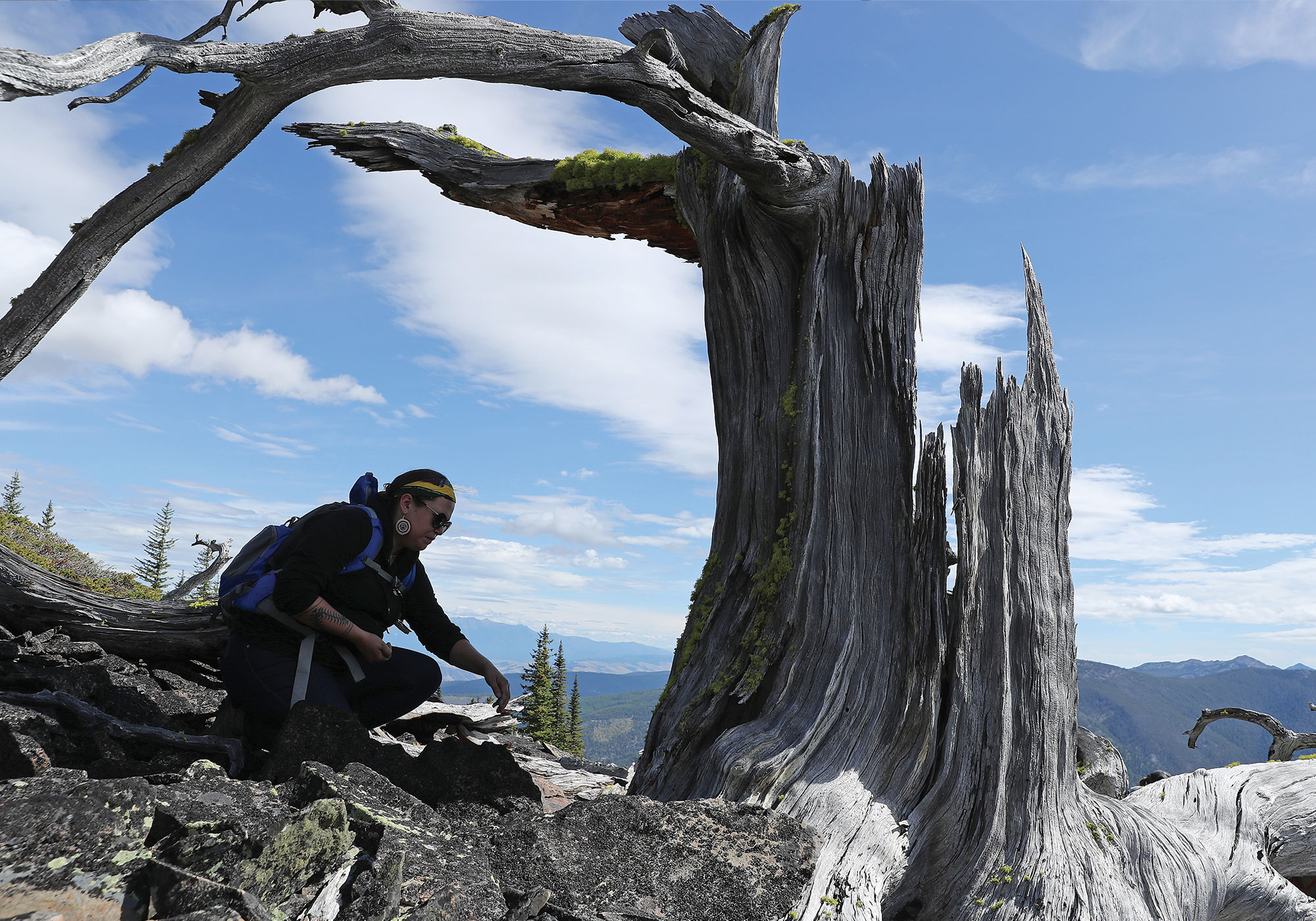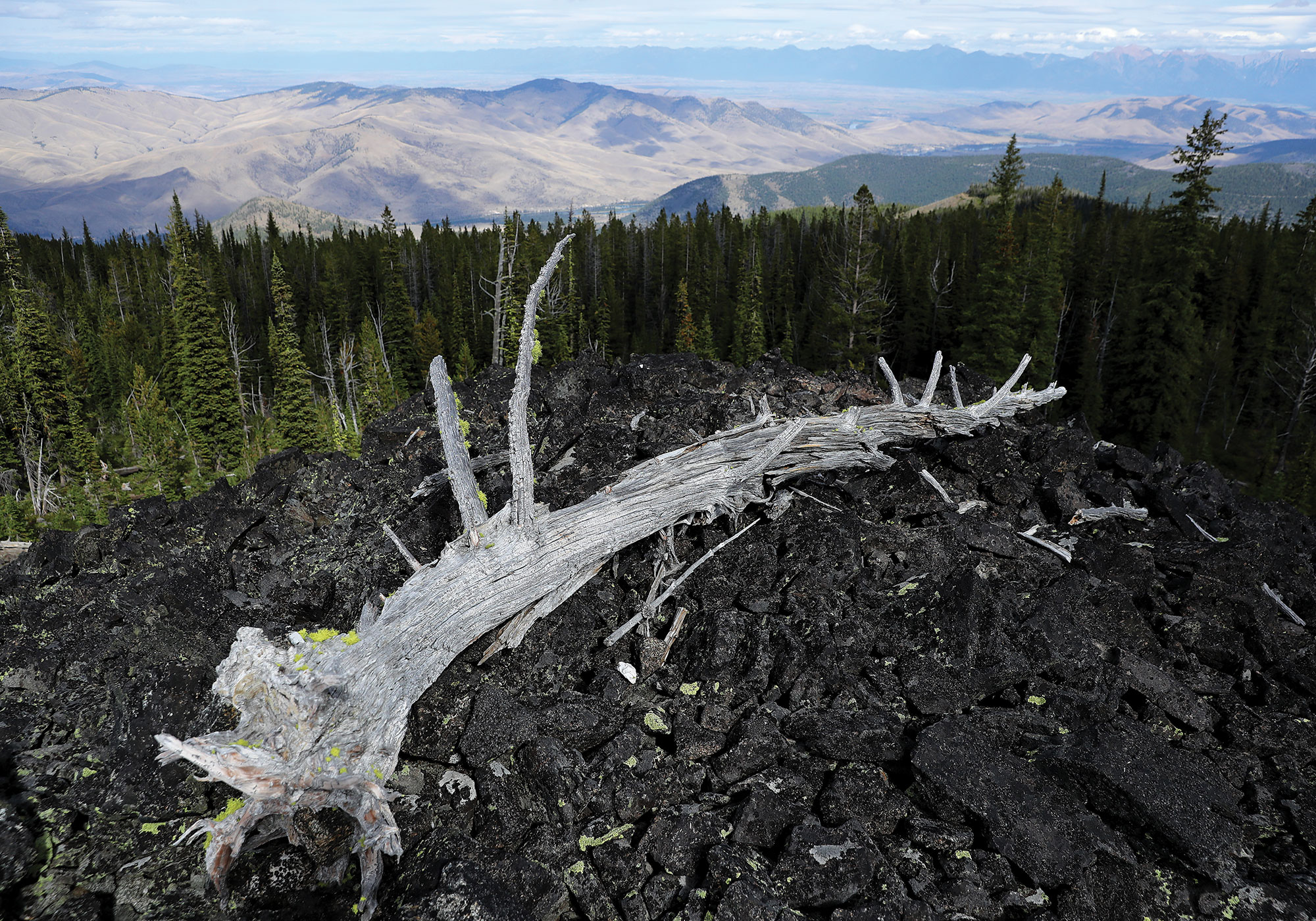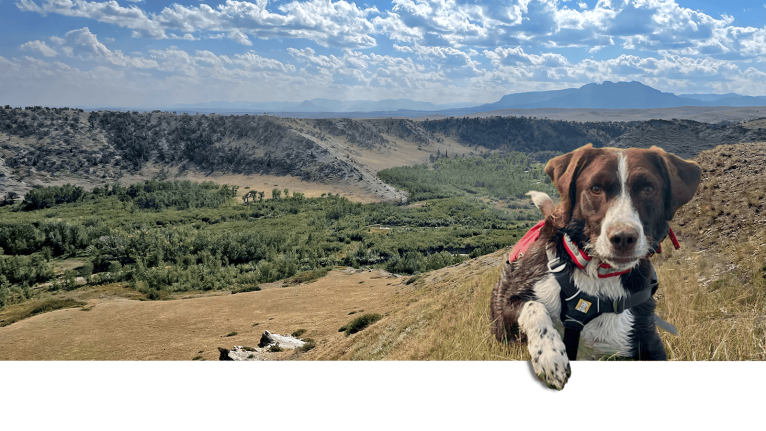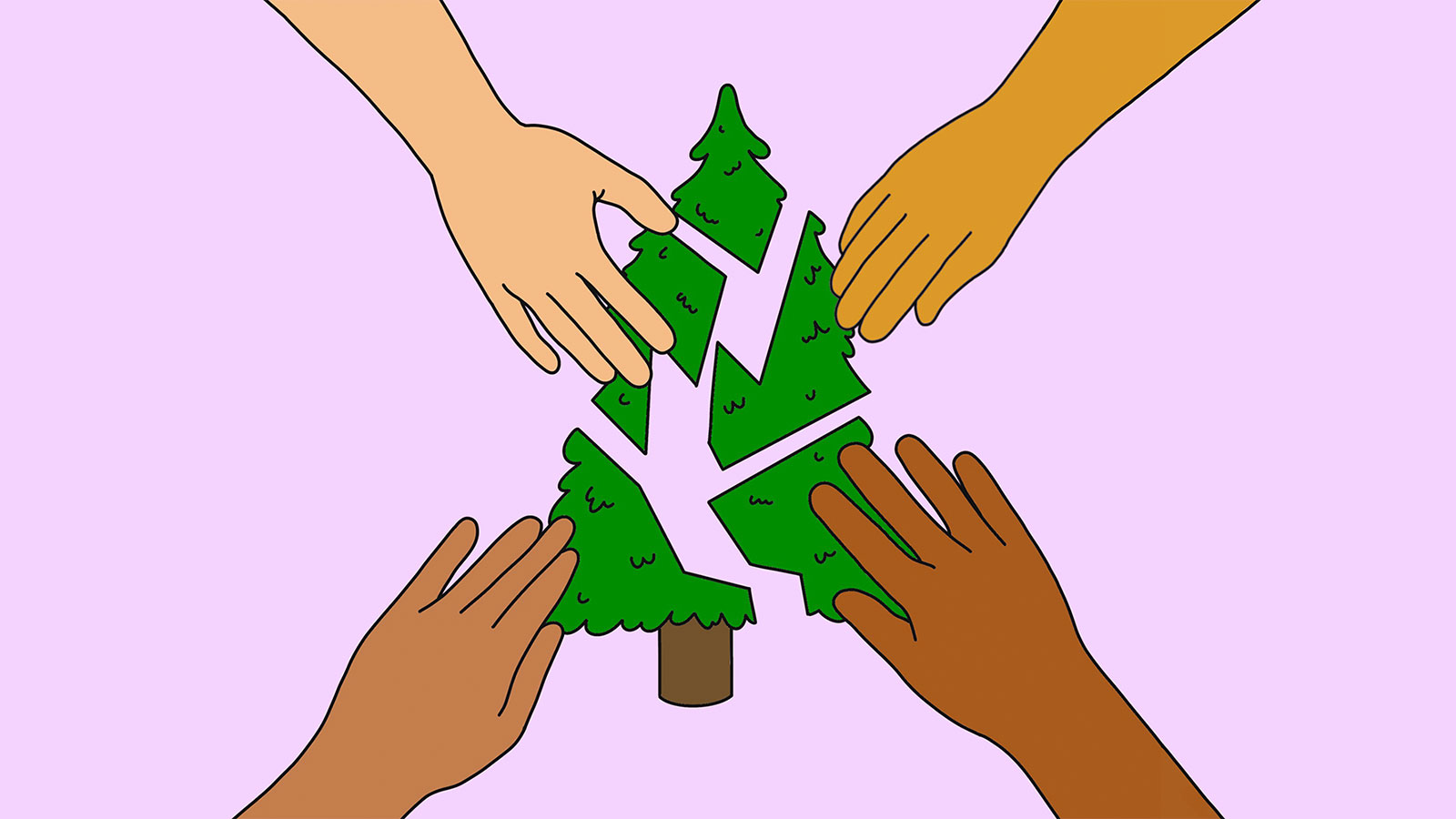This story is part of the Cities + Solutions series, which chronicles surprising and inspiring climate initiatives in communities across the U.S. through stories of cities leading the way. For more solutions stories like these, subscribe to the Looking Forward newsletter.
The Confederated Salish and Kootenai Tribes live among some of the most spectacular landscapes in the country. Their home, the Flathead Reservation, covers 1.2 million acres dotted with soaring mountains, sweeping valleys, and lush forests. Flathead River bisects the land and drains into Flathead Lake, the largest body of fresh water west of the Mississippi River.
Long before anyone called this place northwest Montana or considered it a tourist destination, it sustained the tribes and they sustained it. “We have a proven track record of sustainability,” says Shelly Fyant, former chair of the CSKT Tribal Council. “We can trace it back 14,000 years.”
Climate change looms large here, threatening not just the physical well-being of the reservation’s 5,000 inhabitants, but their spiritual and cultural health, too. Temperatures continue rising, threatening plants and wildlife. Rivers run higher in spring and lower in summer, jeopardizing fish. Wildfires menace communities. Entire species, including whitebark pine and the native bull trout, have diminished, harming ecosystems that rely upon them.
With these upheavals come requisite changes to traditions that revolve around a sacred connection to the land. To the Salish and Kootenai people, the fight against climate change is not some high-minded pursuit, but a defense of their way of life. “These aren’t resources to be used up,” Fyant says. “They are life sources.”

Yet Indigenous communities are often excluded from any discussion of how best to mitigate the impacts of climate change — even as they bear a disproportionate share of them. The CSKT are a notable exception to that dynamic. They have, since 2013, written and twice revised a comprehensive strategy to manage and protect their lands, one that draws heavily from an unwavering belief that the land, its ecosystems, and its people are intrinsically interdependent.
The CSKT Climate Change Strategic Plan, and how it came together, provides a model of how community engagement, making it as easy as possible for people to participate, and respect for diverse perspectives and experiences can help any city grapple with the changes wrought by a warming world.
* * *
Much of the work that led to the plan fell to Mike Durglo, a CSKT member who has spent three decades in conservation and leads the tribes’ climate action efforts. He decided early on to have tribal residents drive the decision-making process, but he also opened it up to anyone with a stake in the outcome. This was key, because arriving at consensus required thoughtful consideration of, and respect for, the perspectives of the tribes, surrounding communities, the U.S. Forest Service, and others.
“I told them, ‘If you want to be on the Climate Change Advisory Committee, you are going to be a member for life.’”
– Mike Durglo
The committee that developed the climate plan grew to roughly 100 people, most of whom are members of the tribe and all of whom were expected to commit themselves to a task that would unfold over many years.
“I told them, ‘If you want to be on the Climate Change Advisory Committee, you are going to be a member for life,’” Durglo says. Ensuring long-term commitment required giving people the flexibility to participate when and how they could, as long as they stuck to it.
The committee focused on nine areas of life — including things like water and air, forestry and fish — directly impacted by climate change, then ranked them by their threat to residents’ well-being. That done, it convened subject-matter experts and people with relevant lived experiences to develop mitigation strategies. Grants and other funding supported community listening sessions to hear what people wanted from the plan and gin up enthusiasm to combat doom-and-gloom climate rhetoric. It’s important to remember that “you’re not trying to change the whole world,” Durglo says. “Your world could be the reservation, or it could be the small [Flathead Reservation] community of St. Ignatius.”
* * *
Durglo repeatedly heard from people who were “sick and tired” of being told to adapt to a changing environment when they bore little responsibility for those changes. That’s why the plan focuses on climate mitigation, not adaptation, and embracing Indigenous customs and stewardship. Eight tribal elders were invited to share recollections of how the land has changed, and their insights helped shape mitigation projects.

Among other things, the plan calls for restoring whitebark pine populations that feed dozens of species and hold spiritual significance; removing invasive fish species so native populations can thrive; developing resilient potable water and community cooling strategies; restoring bison populations; and enlisting more youth in preservation and conservation to ensure these efforts continue. You can already see the fruits of the plan in things like the tribes’ nursery of 30,000 whitebark pines.
Such tactics may be unique to the Flathead Reservation, but coalition members point out that the collaborative process they followed could be used anywhere to create climate plans that serve everyone. Any community can engage with its own history, learning from, say, those who work the land or have deep insight into how things once were. “No single person, community, or government, Indigenous or otherwise, has all the answers for climate change,” says Lori Byron, a physician who has spent three decades working in Indigenous communities and helped craft the CSKT climate plan.
The Salish and Kootenai people have committed to making their response to the crisis an iterative process, and the next update is expected within months. After all, any plan to address something as complex as climate change must adapt to new challenges. “It’s a living document,” Durglo says. “Everything is changing around us as we speak.”
Explore more Cities + Solutions:
- New Orleans lost its bike share. Residents stepped up to rebuild it with a focus on equity.
- A California town’s wastewater is helping it battle drought
- Can cities eliminate heat-related deaths in a warming world? Phoenix is trying.
- Ann Arbor’s path to decarbonization begins in one of its most frontline communities
- Pittsburgh’s secret climate weapon: municipal budgeting




